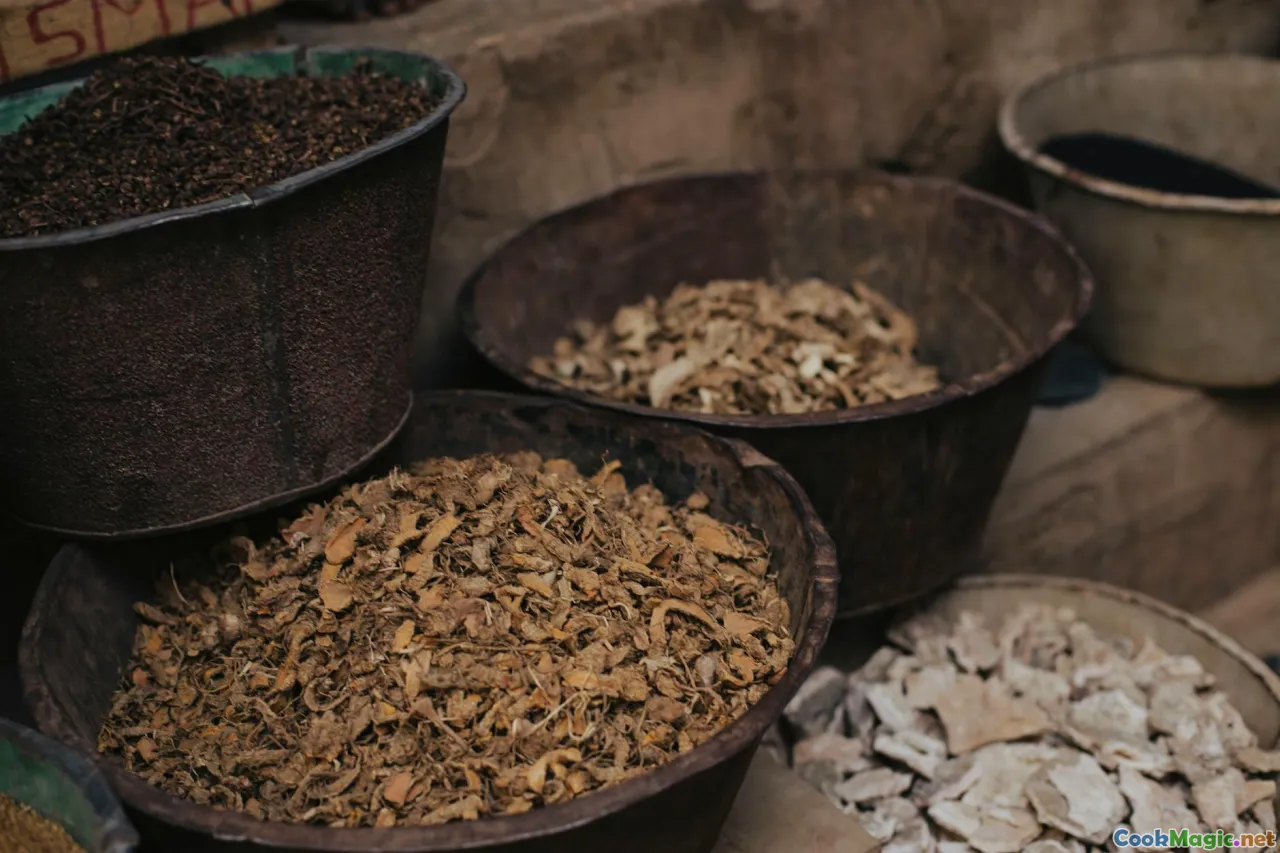Understanding the Role of Spices in Trinidadian Cooking
8 min read Discover how vibrant spices transform Trinidadian dishes, weaving history, culture, and sensory magic into every bite. April 23, 2025 22:00
Understanding the Role of Spices in Trinidadian Cooking
Imagine walking into a bustling Trinidadian market just as the sun begins to dip below the horizon. The air is thick with a melange of aromas—sweet, smoky, fiery, and earthy—that dance around you, beckoning your senses to explore further. This intoxicating blend is the heartbeat of Trinidadian cuisine, where spices aren’t just ingredients; they are storytellers, cultural ambassadors, and the soul of every dish.
The Cultural Tapestry Woven with Spices
Trinidadian cooking is a vibrant mosaic shaped by centuries of diverse influences—Indigenous Carib and Arawak traditions, African heritage, Indian spices brought by indentured laborers, European colonial flavors, and Chinese culinary techniques. This melting pot is reflected most vividly in its use of spices. Each spice carries a history, a cultural significance, and a sensory signature that, when combined, creates the complex, layered flavors unique to Trinidad.
Historical Roots and Spice Origins
The story of Trinidadian spices begins long before the island was a Caribbean hotspot. Indigenous peoples used local herbs and native peppers to flavor their foods. As European explorers arrived, they introduced new spices such as black pepper, allspice (known locally as pimento), and cinnamon, which quickly became staples.
The arrival of Indian indentured workers in the 19th century brought with them an array of aromatic spices—turmeric, cumin, coriander, cardamom, and cloves—that transformed the culinary landscape. African slaves, with their rich tradition of seasoning and marinating, infused dishes with fiery peppers and bold flavors.
This confluence of cultures and spices forged a culinary identity that is both complex and approachable, where each dish tells a story of migration, resilience, and celebration.
The Pillars of Trinidadian Spice Profiles
1. Pimento (Allspice)
Often considered the heart of Trinidadian spice, pimento berries are used whole or ground to add warmth and depth. They are essential in making pepper sauces, marinades, and stews like callaloo or curried crab. The scent of pimento—warm, sweet, with a hint of clove—is unmistakable and evocative of home-cooked comfort.
2. Hot Peppers
Trinidad is famous for its fiery Scotch bonnet peppers, which pack a punch that can clear your sinuses and excite your palate. These peppers are used fresh, in hot sauces, or dried, providing an intense heat that balances the richness of coconut milk or the sweetness of tropical fruits.
3. Turmeric
Bright yellow and earthy, turmeric lends color and a mild bitterness to dishes like pelau or doubles. It’s also believed to have medicinal properties, making it a staple not only for flavor but for health.
4. Cumin and Coriander
These Indian spices are fundamental in curry powders and spice blends used in curry chicken or ghoong (a flavorful beef stew). Their aromatic seeds add a warm, citrusy undertone that elevates the overall flavor.
5. Cloves and Cinnamon
Sweet, aromatic, and warming, these spices are used in desserts, teas, and savory dishes alike. Cloves are often added to pickles and chutneys, while cinnamon enhances sweet breads and drinks.
Spice Blends: The Trinidadian Touch
The magic of Trinidadian cooking lies in its spice blends. One of the most iconic is the curry powder, a fragrant mixture of turmeric, coriander, cumin, fenugreek, and other spices, which forms the backbone of many dishes.
Another is the green seasoning—a marinade of fresh herbs, garlic, hot peppers, and spices—used to infuse meats, seafood, and vegetables with vibrant flavor.
Sensory Experience: The Art of Spicing
Cooking in Trinidad is an act of love and intuition. The spices are added in stages, tasting and adjusting until the flavor profile is just right. The aroma of simmering curry or pepper sauce alone can evoke memories of family gatherings, street festivals, and seaside cookouts.
For example, when preparing a pot of callaloo, the green leafy vegetable, spices like pimento and hot peppers are gently sautéed with garlic and onions, releasing a fragrance that is both earthy and fiery. The dish’s final taste is a delicate balance of spice heat, smoky richness, and vegetal freshness.
Personal Reflections and Cultural Significance
Growing up in Trinidad, I remember the anticipation that built up around the spice market. My grandmother’s kitchen was a treasure trove of jars filled with dried herbs and vibrant powders. She believed that the secret to authentic Trinidadian flavor was patience and respect for the spices—listening to their aroma, feeling their textures, and understanding their roles.
Spices in Trinidad are more than flavor—they’re a language of love and resilience. They connect generations, tell stories of migration, and celebrate life’s vibrant moments.
Conclusion: Embracing the Spice Heritage
Understanding the role of spices in Trinidadian cooking is to appreciate a culinary tradition that is as rich in history as it is in flavor. Each spice is a chapter, each blend a narrative, and every dish a celebration of cultural harmony.
Whether you’re recreating a hearty pelau, savoring doubles at a street stall, or experimenting with your own spice blends, remember: in Trinidadian cuisine, spices are the soul, transforming simple ingredients into a symphony of taste and aroma that beckons all who experience it.
So next time you reach for that jar of turmeric or a fresh Scotch bonnet, think of the stories they carry, and let your palate embark on a flavorful journey through Trinidad’s vibrant culinary heritage.









